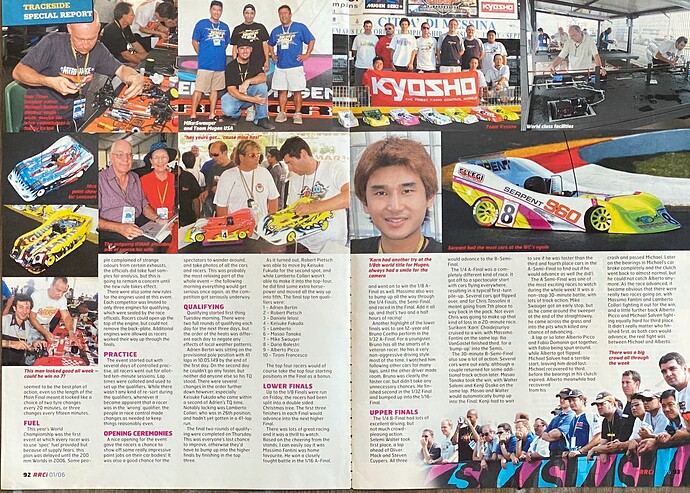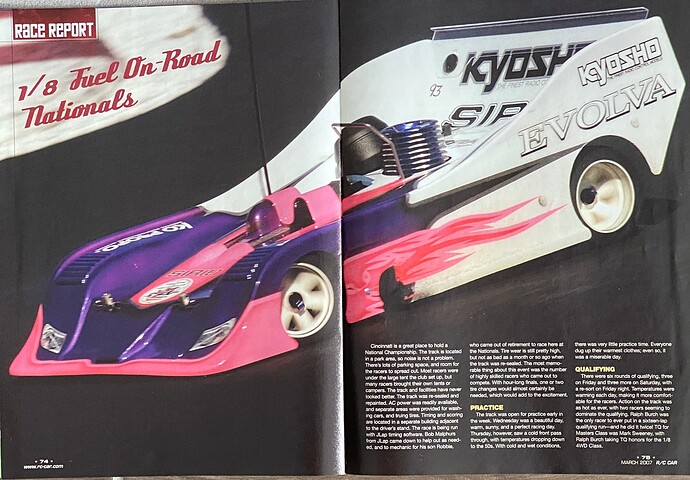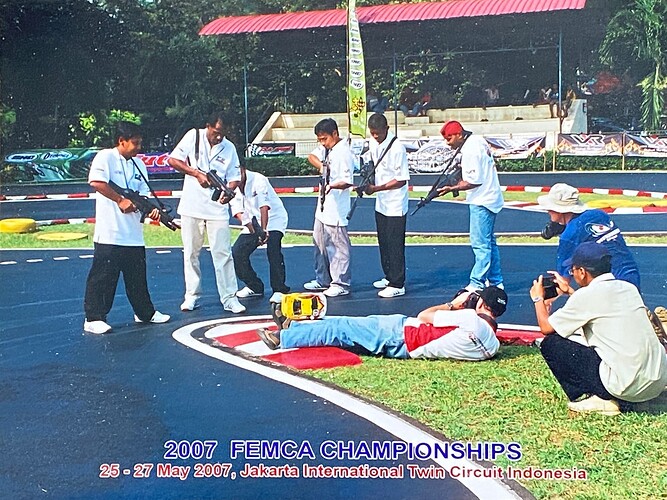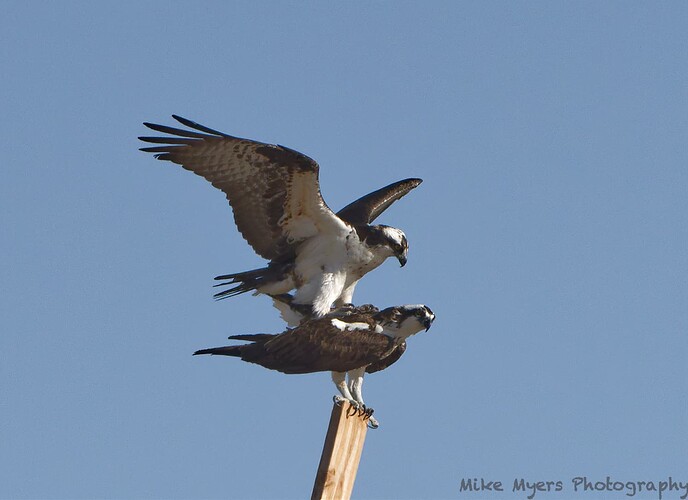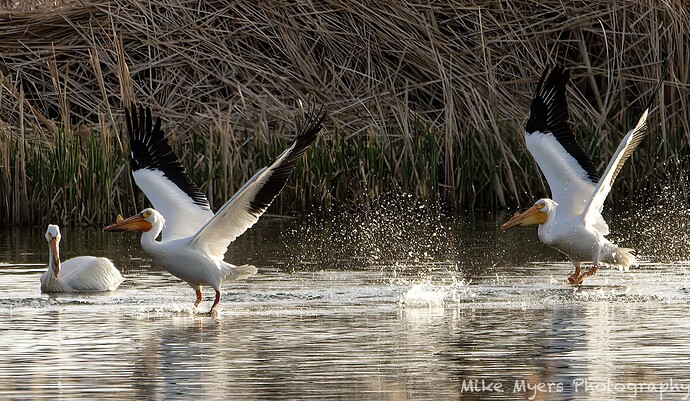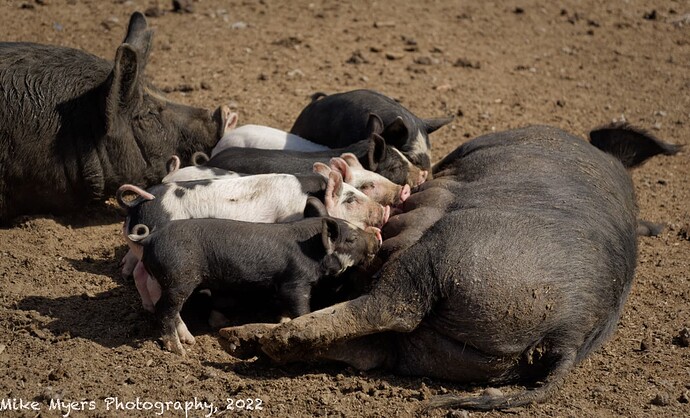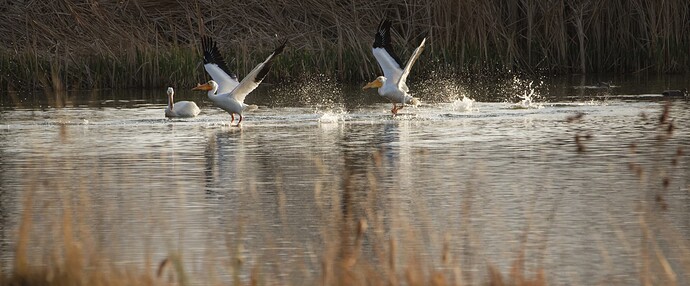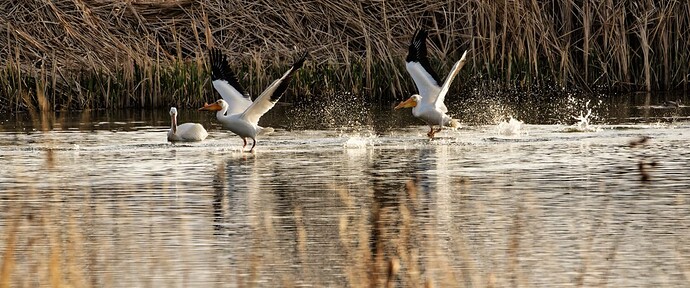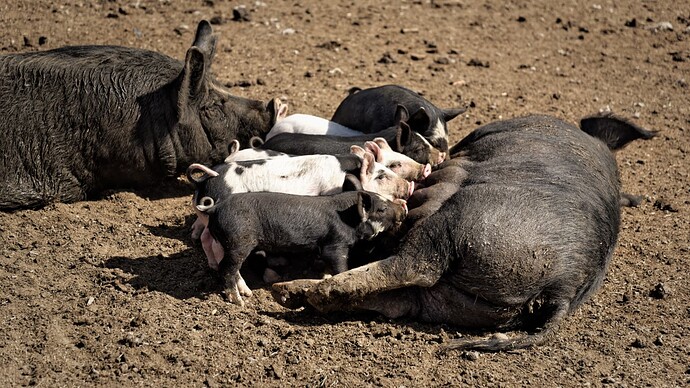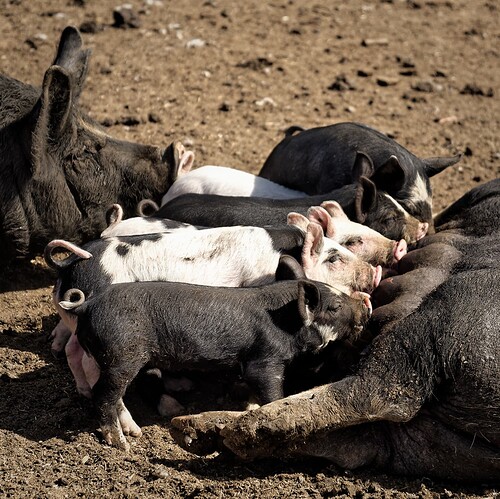Sorry about that - I thought my magazine photos would speak for themselves. Maybe the following is more of what you want:
Main goal: Select the spot on the track where I want the car to be, and pre-focus, shooting from as low as I comfortably can get, to try to make the car look more “real” and less like a “model”.
I always found a spot where I could get as close as possible to the track, but not so close that I could get injured (and make sure I could protect myself if anything went wrong).
Whenever I had one, use a right-angle viewfinder adapter, so I could look down into the viewfinder. It was too uncomfortable (and dirty) for me to lay flat down on the ground as I had to do years before.
Watch the car as it is maybe 20 seconds before this spot, decide if it is likely to be by itself, or in traffic with other cars. If it is likely to be with other cars, zoom out so they will all be in the photo.
Gene Hustings, the president of Associated Electric, gave me the advice to do the above, setting up the picture in my mind ahead of time, and waiting for the car to get to the exact spot I had selected ahead of time.
Depending on what camera I am using, and the reaction time, while I am panning with the camera, press the shutter release so that the car in the final image will be where I wanted to photograph it. If there are multiple cars, I want many of them to also be in the photo. Using a slow camera, like the D50, I had to press the shutter button when the car was still about three feet away from where I wanted it to be. With the D2 and D3, this was irrelevant, the camera was as fast as my finger.
After reviewing the photo, decide how “long” I can make the shutter speed, so that the car is sharp, and the wheels and the track are blurry, which implies motion, correct as seemed appropriate, and try again. …and again.
ISO - back when I took these photos, I couldn’t use a high ISO speed, so I went as far as I dared, so if the magazine printed the image very large, it wouldn’t appear too grainy/noisy. Nowadays, and with PhotoLab, that’s no longer a concern.
Shutter - I was mostly using (S)hutter-priority, and that became the most critical setting. Sometimes I set the aperture to what was necessary, but with shutter priority I wasn’t very concerned with it. If anything, I wanted a wide aperture so the rest of the image would be less sharp, making the car stand out more.
Focus - I didn’t trust auto-focus, so I would usually manually focus on the spot where I expected the car to be. I did also try auto-focus, with mixed results.
I always wanted to take as many photos as possible of the car I thought was most likely to win (at any given time during the race). If the lead changed, and another car took over, I concentrated on both. If a car dropped out of contention, I ignored it. When the race ended, whichever car won, I wanted to have a good collection of those photos.
At the beginning of the race, I would go to either (or both sides) of the driver’s stand, and shoot the drivers before, and in the first minute or so of the race. If allowed, I would go up on the driver’s stand, and shoot them from the rear. If there was an empty spot on the driver’s stand, I would move to the front and shoot the cars on the track in places that looked the most photogenic to me. At the beginning of the race all the cars were bunched up together, and that made for a great photo - if I couldn’t get it from the driver’s stand, I raced to a position on the track where I could get that photo.
When the (nitro powered) cars came in for refueling, I would shoot down from the driver’s stand, and capture the pitman filling up the fuel tank, and if it was a long race, I would photograph the pitman changing tires on the car. If I couldn’t get these photos from up on the driver’s stand, I found someplace else to hopefully get them.
If it was a long race, maybe 45 minutes or an hour, I would find my favorite (most photogenic) places on the track, and photograph the car(s) I thought had the best chance of winning.
At the end of the race, I wanted to get photos of the winning driver, as he was walking down from the driver’s stand, and if possible, with his car, which usually was not allowed, as the car was headed to an impound area where they checked to make sure it was legal. I tried to get photos of the winning car being inspected, in case the magazine wanted these - usually not.
When it was possible, I wanted to get photos of both the cars, and the drivers off in the background on the driver’s stand.
Composition wasn’t that important to me - I wanted extra room in my photos so I could crop. Timing, meaning the split second when I captured the image, was VERY important - the difference between a good photo that looked exciting, and a dull, boring photo that didn’t show any “emotion”.
Lenses were whatever I needed - wide angle to show much more of the track layout, normal focal length lens quite a bit, and a long enough telephoto to get my close-up photos of the car, the “action photos”. I never shot with any lens longer than 200mm. The 200mm lens made it easier to get a close-up view of a car, but they never looked as exciting as the photos I took with a wider lens when the cars were close to me.
Camera gear was usually a DSLR - Nikon D50 (once), D70 (quite often), D2h (for a while, until it broke as it usually did, meaning a return to Nikon), and then a D2x for a long time after that. Then I got a D3 which was my favorite, with the larger viewfinder and so many improvements. By the time the D4 came out, I had mostly retired from RC photography, and I bought a D750 which I thought (and still think) could do anything.
To avoid possible issues, sometime during the race I would change the memory card, and the battery. Doing this when I had time was far better than worrying about either. Image settings wore the best JPG resolution I could get (I hadn’t yet switched to RAW).
Typically, every night I would get back to the hotel around 6 or 7, have dinner, then select the best 25 or so photos out of the 600 or so that I captured that day. When I had internet, I often sent photos early, but the major magazines just wanted a small collection of my best photos, after the race was over. My rule was to finish a day’s racing with a collection of those best images, and to make notes of what was happening. Then do it all over again for each day of the event. For the major races, I always arrived a day or so early, introduced myself, and tried to figure out where I wanted to photograph from, if I was never there before. Local races need to be posted no later than the day after the race, as after that, people seemed to have lost interest. There were a few forums where we discussed the race, and that’s where I posted my images. I also uploaded all my images for many races, and told people where they could see them. They could (and did) select image of their own car, and bought copies from my image server, Smugmug.
If I knew the people putting on the race, I gave them copies of my better photos the day after I took them. We always had a very good relationship. One of them told me to leave all my Nikon gear at home, and to use his extensive Canon gear. The first day I was terrible, as the camera seemed to be so difficult to set it the way I wanted. As the days went on, I got more used to it, and it was almost as easy as using my Nikon gear. I thought it was a wonderful learning experience.
Being friends with all the people at the race, I was allowed to take some photos, such as this one, that was very much NOT intended to be released to the internet. That was 15 years or so ago, so I think it’s safe to post it here, although this is a photo of me taking my picture:
George, I’m not sure what else you might want me to write. I think what I wrote is a good summary of how I captured the action, which was similar for all the races I covered. I’m sure I’ll read in the responses how I really messed up, but for better or worse, this is what I did, and how I did it.

